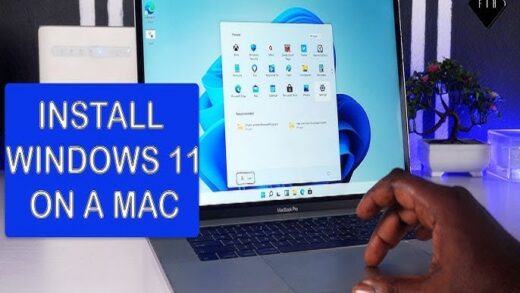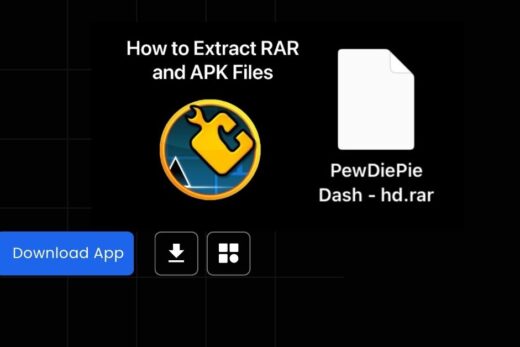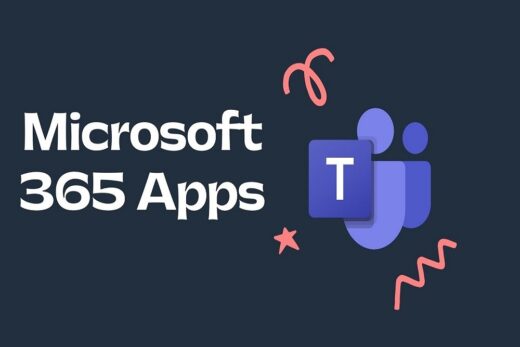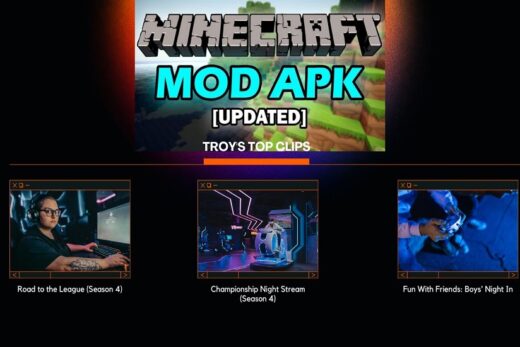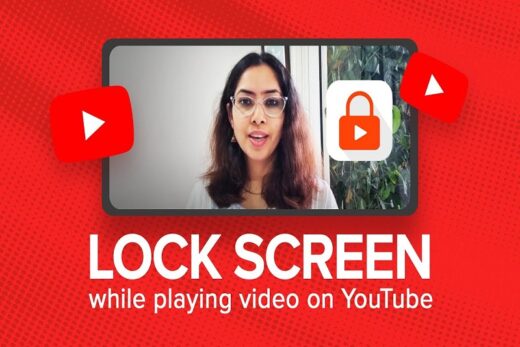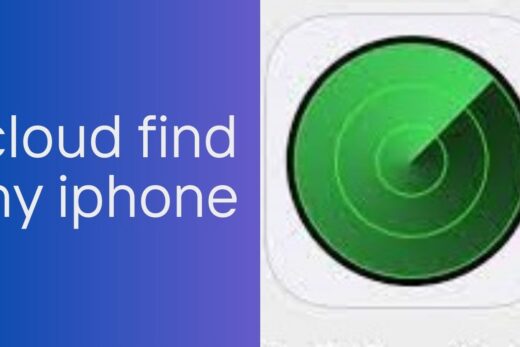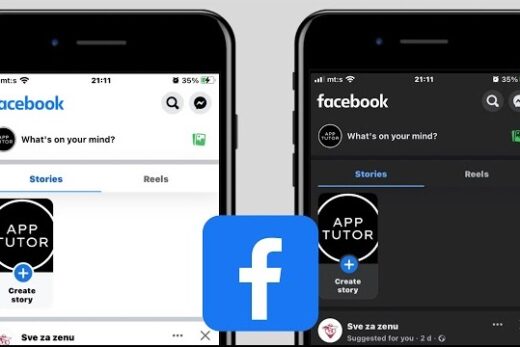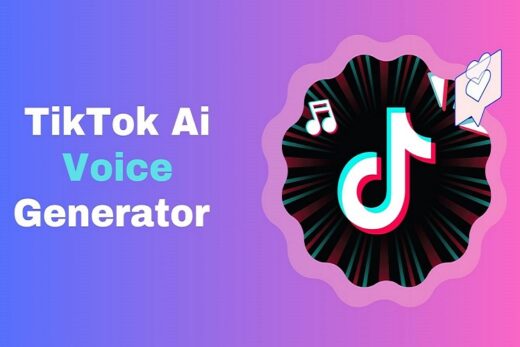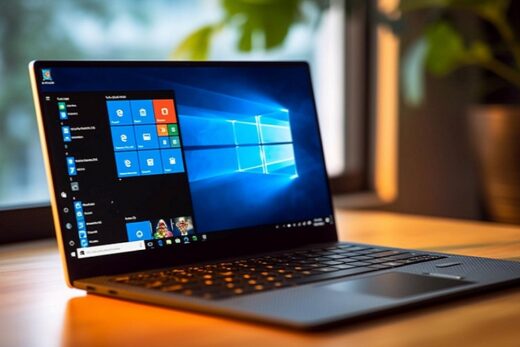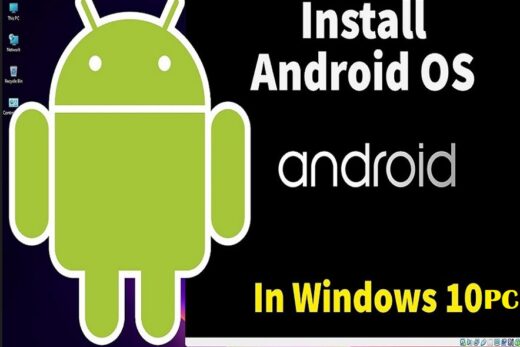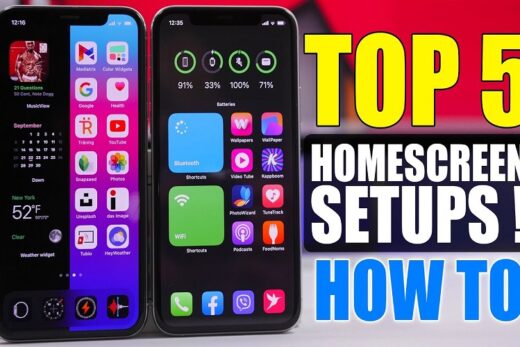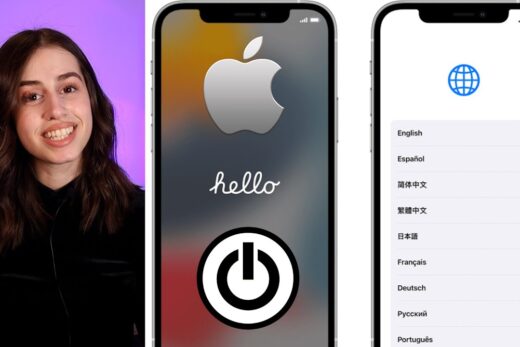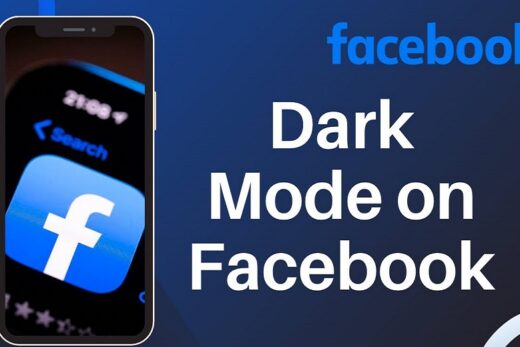Android applications have come too far. Nowadays, even a novice user can build an application, but only a few find success and profits. Despite having immense potential, many applications have failed in gaining popularity due to a lack of specific mobile application standards. Therefore, while building an application, even experienced product owners need careful guidance. Hiring an Android apps development company can help you crucially by keeping the development algorithm smooth and stable.
Ahead of building your digital product as an Android application, you must understand Android app development needs. Further, we will discuss the essentials you need to implement to create an impressive application with ease.
Essentials to Build an Android App
Following are the seven essential things product owners should keep in mind to keep the development algorithm smooth and effective.
Learn Android and Programming languages
A good understanding of Java/Kotlin and XML is required to build an Android application. As a result, Kotlin is emerging as the most preferred language in Android application development. Although it can’t claim to leave Java behind in reliability and popularity, many product owners believe Kotlin will soon surpass Java as the most successful technology for Android development.
When it comes to utility, Kotlin has a wide range of Java-supportive tools and frameworks. Its comprehensive compiler can also search for issues at both compile and run times. It also decreases the number of code lines. Since the launch of Android Studio 3.0, Google has endorsed Kotlin for Android app development.
Android Studio
The initial phase in application creation is to set up an SDK and install an IDE. Users are gradually turning to the Android studio because it is easy to use and master, with features like Instant App Run, Colour Previews, XML file previews, Intelligence Code Editor, etc.
Use Appropriate Libraries.
For both freshers and professionals, libraries are a crucial part of the app development process. You can make use of several third-party libraries in the source code of your application, as repeating the same source code, again and again, is ill-advisable. Every dedicated product owner incorporates libraries that enhance functionality and integrate comprehensive technology into their apps to avoid such a mistake. Each library has various essential purposes, which you should take care of before using it. Choose a skilled and experienced android apps development company to design your application if you are outsourcing an android application.
An Organized Code
Even though every product owner has their unique style while coding, anybody in the development team should read the code you create to maintain it and fix bugs quickly. So while building your application, follow the coding standards and guidelines of the Android platform and have regular standups with your development team so each one can be on the same stage of the project and create consistency in the code.
Android App development tools
There are many tools like Android Studio, Gradle, Genymotion, App icon, LeakCanary, etc., that will assist you through the process of creating your product. Then there are comprehensive testing and debugging tools to simulate devices and usage for your application like Logcat, Android Debug Bridge, and more, which can facilitate the resolution of potential errors and bugs within your app. You also have to maintain an excellent checklist and conduct beta tests before submitting your app for Google Play’s worldwide publication.
Create An Attractive App Design
Building a popular app requires efficient UI/UX design. Commonly, users can judge your app’s quality within the first 20 seconds of using it. However, if you haven’t thought about the UX, your app will bring and the entire design trends for app development, most probably, your product will fail.
Use linear icons that match the authenticity of your branding and theme to make your app attractive. After that, you have to think about the colours and images you will use and how all this will interact with the Accessibility standards.
Your app will be useless if it doesn’t have smooth navigation for users. It should have the appropriate call-to-action links, buttons, and a menu with advanced icons in strategic spaces.
Submit Your App on Google Play
The final stage of development is the submission and publishing of your application on the Google Play Store. Sadly, once you have published your app, there is no method available to reverse the process. So select wisely a category, scheduled time, content rating for your digital product, countries in which the application will be available for download, and price (if any) of your app. These characteristics are the core values that will discover the success and level of exposure on Google Play Store.
Wrapping Up
These essentials will surely help you build comprehensive Android applications with ease. It becomes pretty easy to develop your product without hampering the algorithm when you have all essentials in hand. Creating and introducing a digital product into the market is never the end of the chapter of application development. Applications require constant and careful maintenance to get enhanced and updated to stay relevant, attractive, and functional over time.


